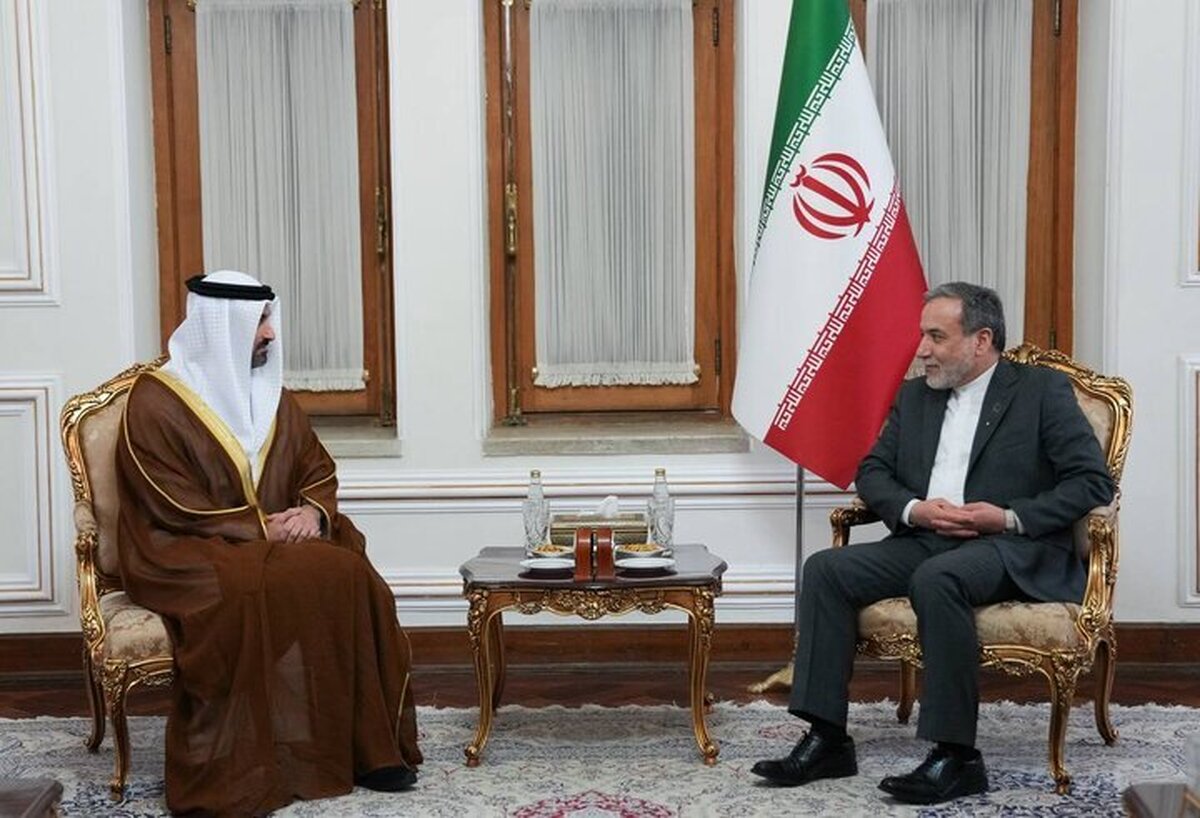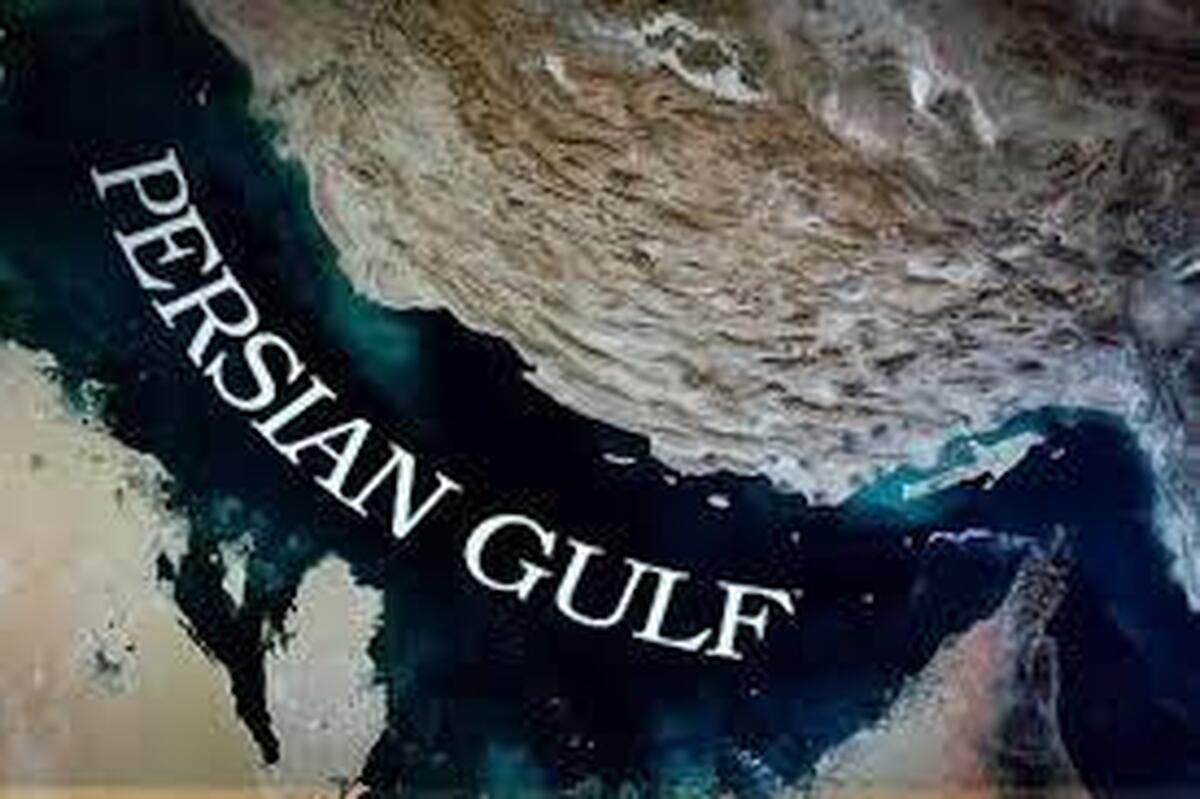
UAE: Iran’s Second Biggest Trading Partner After China
EghtesadOnline: With $12.5 billion worth of trade, the UAE became Iran’s second largest trading partner after China during the 11 months to Feb. 18, says Farshid Farzanegan, chairman of Iran-UAE Chamber of Commerce.
“Gold was the UAE’s top import in 2019 with $30 billion, followed by diamond and automobiles. The UAE’s top partner in gold and jewelry was India. The UAE’s non-oil exports were gold, aluminum and jewelry. The UAE does not produce polyethylene, but the product was its fifth largest export commodity with $4 billion, suggesting that polyethylene was reexported from Iran,” he was quoted as saying by ILNA.
According to statistics released by Dubai customs, Iran’s exports declined from $7.4 billion in 2016 to $5.9 billion in 2018.
Nevertheless, the UAE was also Iran’s second largest trading partner in the year ending March 2020.
“Following China and Iraq, the country was Iran’s third biggest export destination during the 11 months to Feb. 18, with $4.1 billion. Vegetables and fruits, dried fruits, lead and steel were Dubai’s top imports from Iran. The country’s main exports to Iran included cigarettes and tobacco, sugar, mineral water, non-alcoholic beverages, perfume and cologne, paper and canned food,” Farzanegan said.
He added that the aggregate imports by 15 neighboring countries in 2018 stood at $1,160 billion, such that the UAE was the biggest importer with $261 billion that year.
Iran accounted for 2% of the import market of the region. It had set the goal of increasing exports to the UAE to $6 billion in the year ending March 2020 and $7 billion in the year ending March 2021. However, none of these goals materialized.
“Our actual exports to the neighboring country stood at $4.5 billion in the year ending March 2020. Iran has set its export target at $8 billion for the next year [March 2021-22]; there are multifold barriers in the way of reaching this goal,” the official said.
According to Farzanegan, these barriers include the Central Bank of the UAE’s strict policy regarding Iranians’ banking accounts, inefficiency of Iran’s road transport, particularly that of refrigerated vehicles, and lack of infrastructures for cold storage of agricultural products. “Countless trade rules and regulations are constantly shifting. Iran-UAE trade would improve, if there had been stability in terms of introducing laws,” he added.
He noted that facilitating visits by economic operatives, improving banking ties, holding permanent exhibitions, employing active economic diplomacy regarding the UAE, Bahrain and the Saudi Arabia, which has the import capacity of up to $135 billion, will help improve business.
“As we speak, Iranian products find their way into Saudi Arabia through the UAE and Oman,” he said.
Farzanegan added that opening economic and trade departments in Iran’s Embassy in the UAE and boosting tourism would be helpful.
“We at Iran-UAE Chamber of Commerce are all set to transfer our data and information to these departments. Afghanistan is now exporting Iranian handicrafts and saffron to the UAE,” he said.
Noting that Iran needs to approve the laws related to the standards of the Financial Action Task Force, Farzanegan said, “Iran’s blacklisting by the global watchdog has interrupted trade with the UAE.”
Iran’s foreign trade, excluding oil exports, stood at 134 million tons worth $65.5 billion in the first 11 months of the current fiscal year (March 20, 2020-Feb. 18).
According to Mehdi Mirashrafi, the head of Islamic Republic of Iran Customs Administration, exports accounted for 103 million tons worth $31.2 billion and imports constituted 30.8 million tons worth $34.3 billion of the overall trade.
“Compared with the corresponding period of last year, exports registered an 18% and 19% year-on-year decline in weight and value respectively.
Imports saw a respective 6% and 15% decrease in weight and value year-on-year,” he was quoted as saying by IRIB News.
The main export destinations were China with 24.5 million tons worth $8.1 billion, Iraq with 23.9 million tons worth $6.8 billion, the UAE with 14 million tons worth $4.1 billion, Turkey with 5.9 million tons worth $2.2 billion and Afghanistan with 6.4 million tons worth $2.1 billion.
“These five countries imported an aggregate of $23.4 billion worth of non-oil goods from Iran, which constitute 72% of the weight and 75% of the value of Iran’s overall exports over the 11-month period,” the IRICA chief said.
Iran’s main exported goods included gasoline, natural gas, gas condensates, petrochemicals and pistachio.
Major exporters to Iran were China with 3.2 million tons worth $8.8 billion, the UAE with 4.5 million tons worth $8.4 billion, Turkey with 4.3 million tons worth $3.8 billion, India with 2.1 million tons worth $2 billion and Germany with 1.1 million tons of goods worth $1.7 billion.
“These five countries exported an aggregate of $24.7 billion worth of non-oil goods to Iran, which accounts for 50% of the weight and 72% of the value of Iran’s total imports over the period,” he added.
According to Mirashrafi, imports of 25 essential goods accounted for 21.4 million tons worth $11 billion of the total imports.
Also known as necessity goods, essential goods are products consumers will buy, regardless of changes in income levels.




